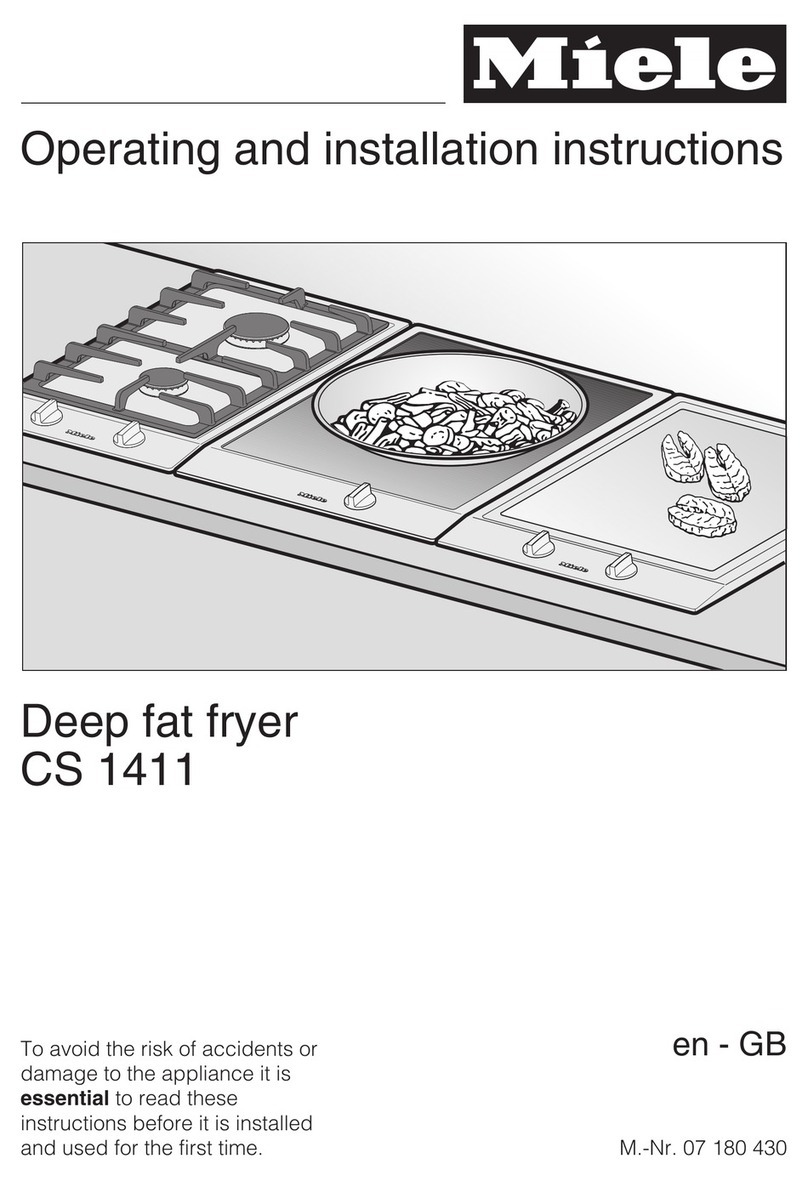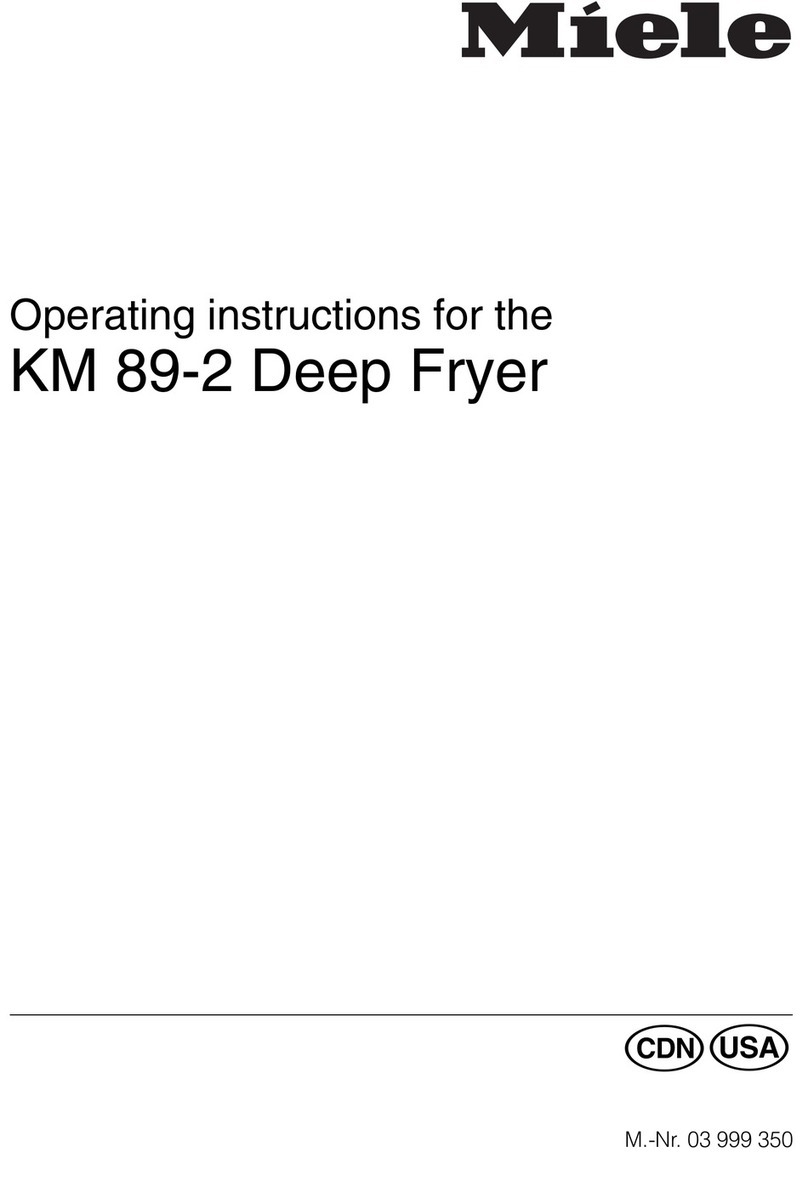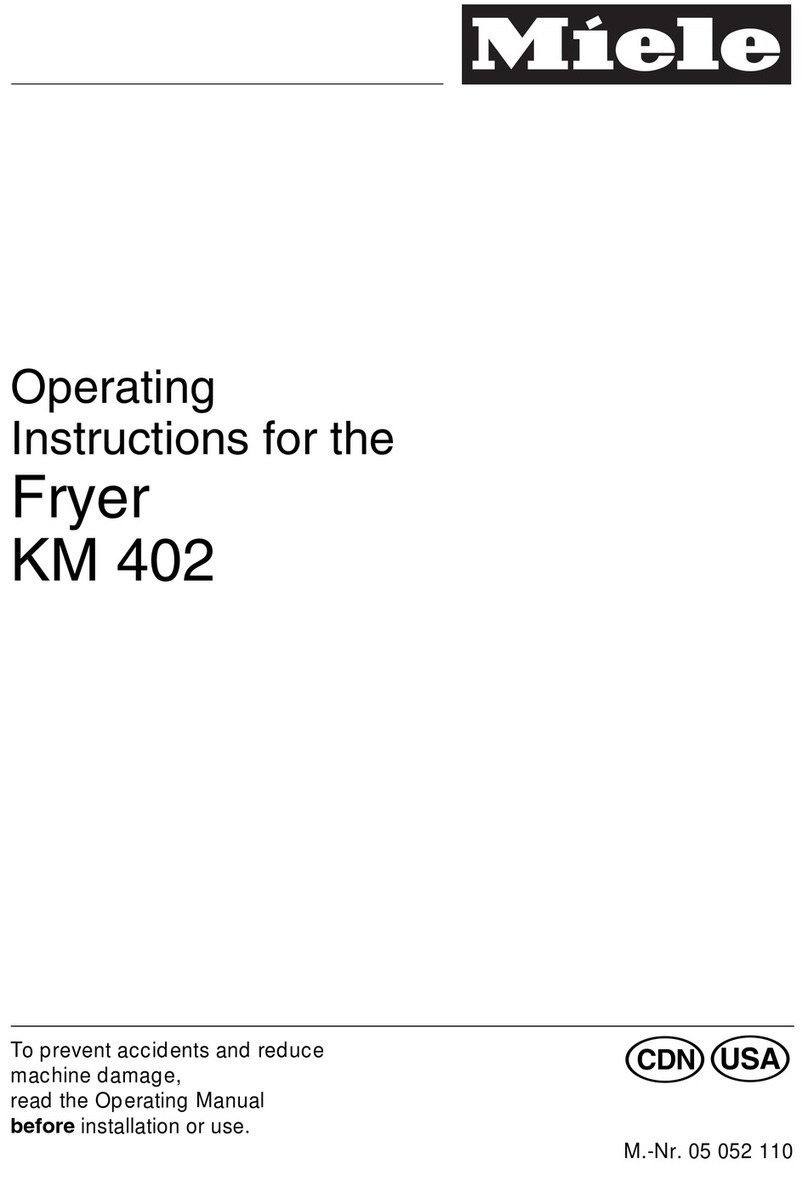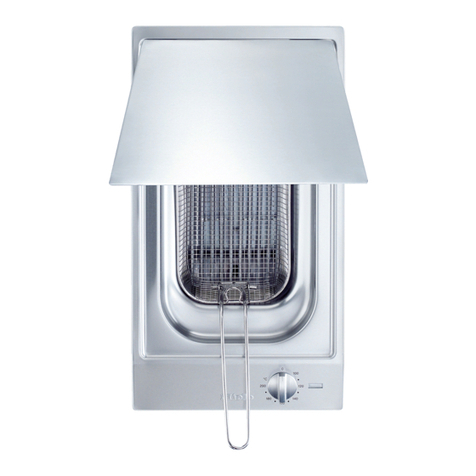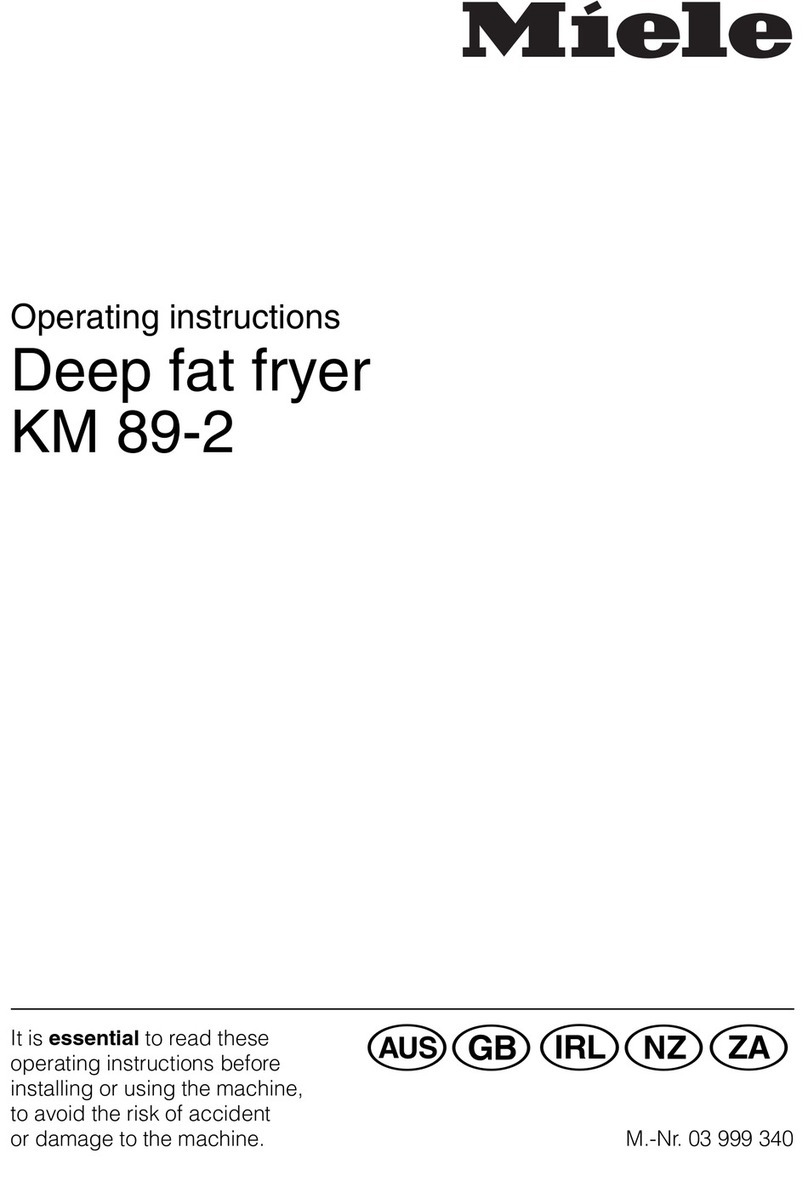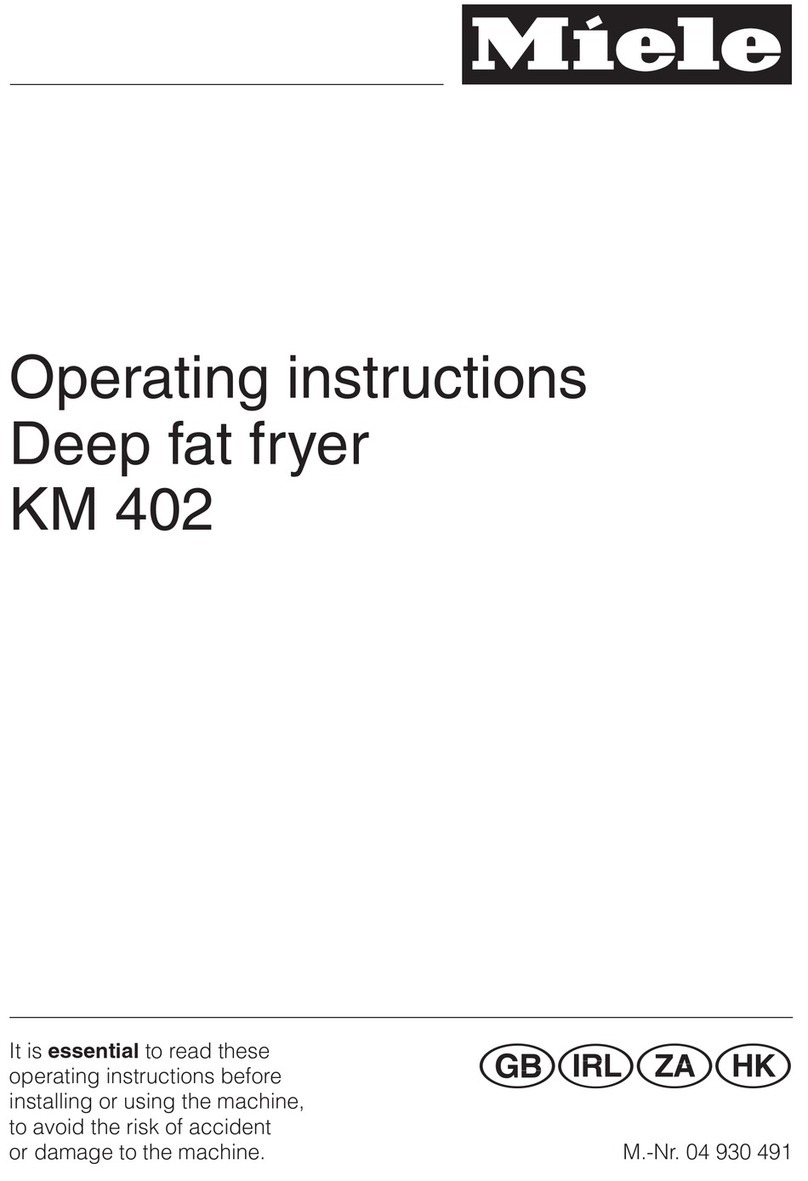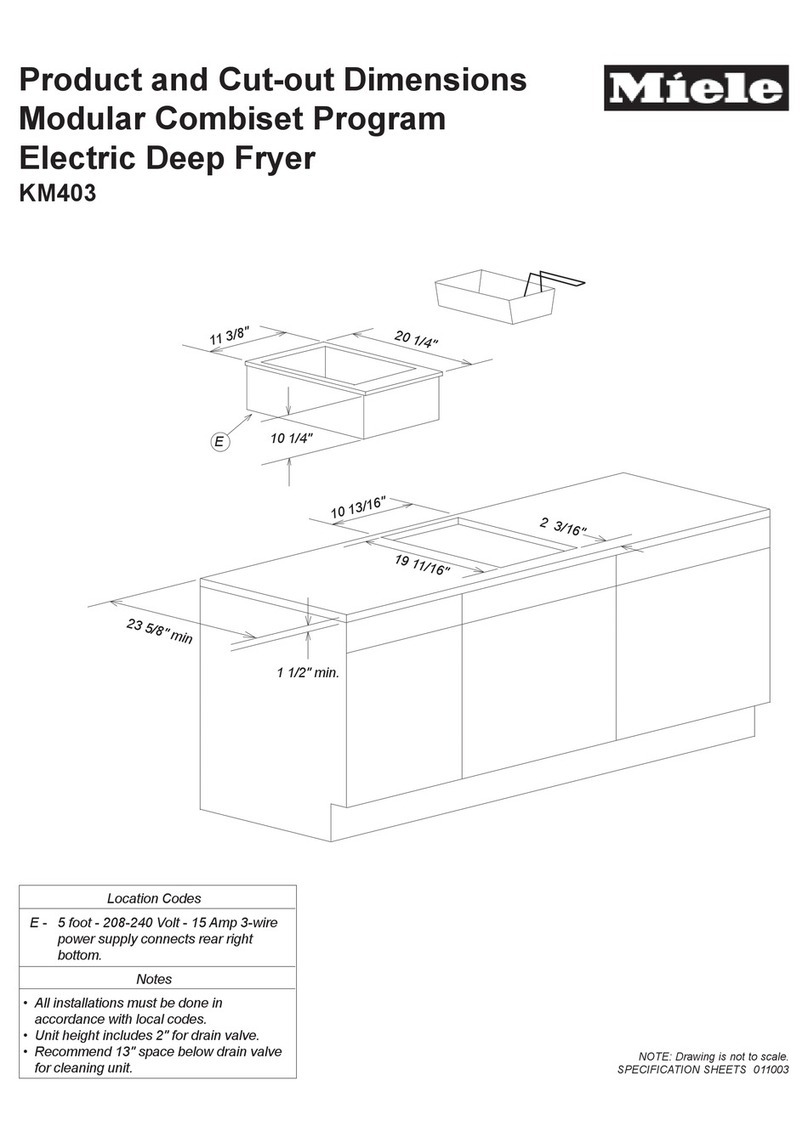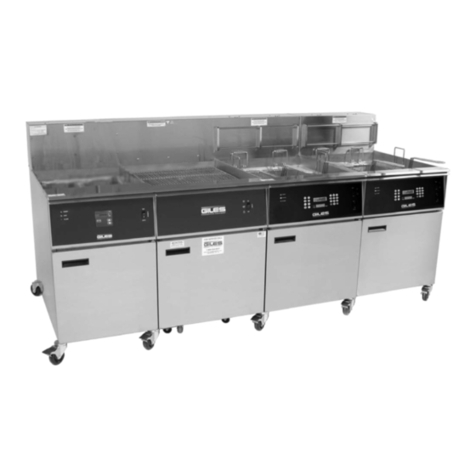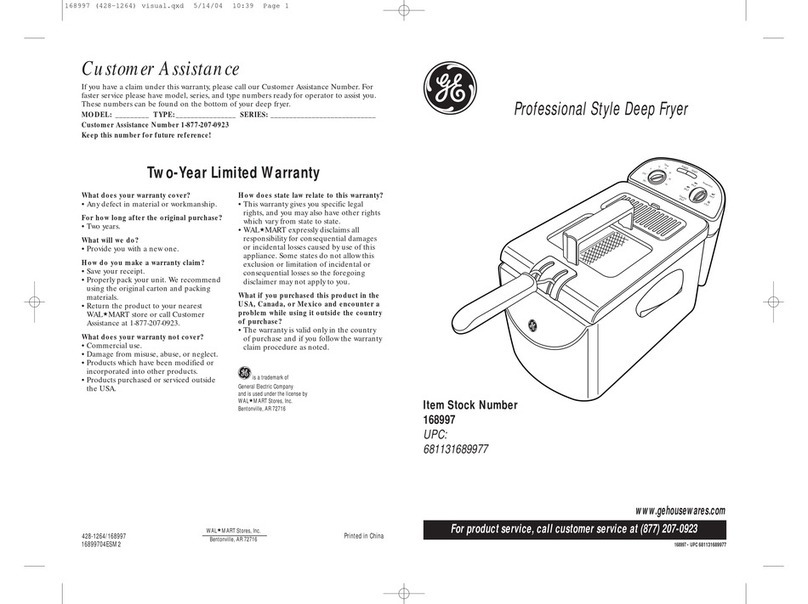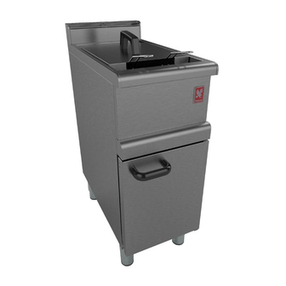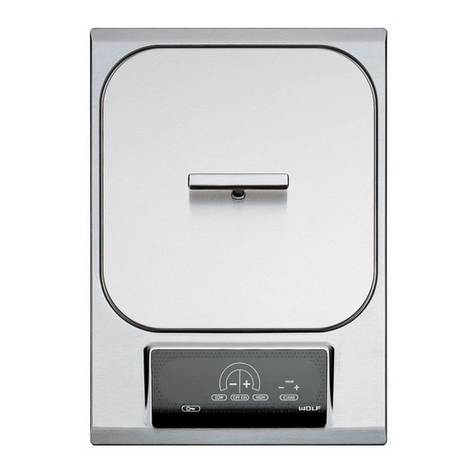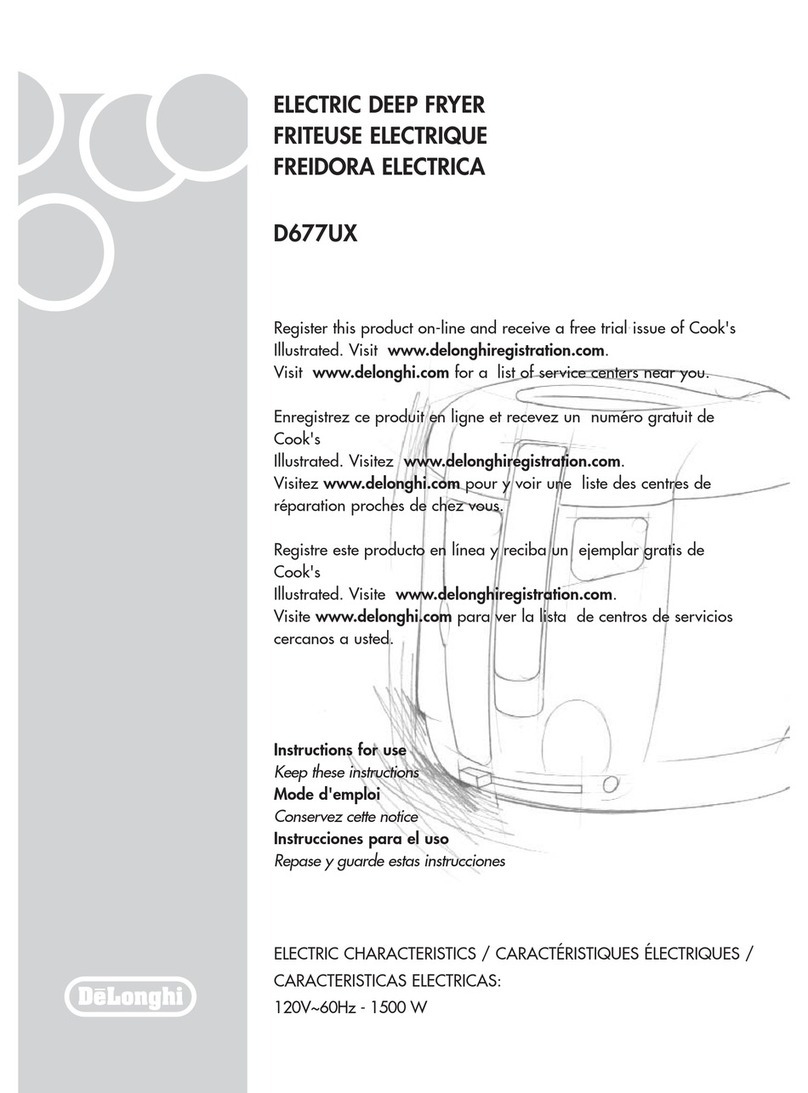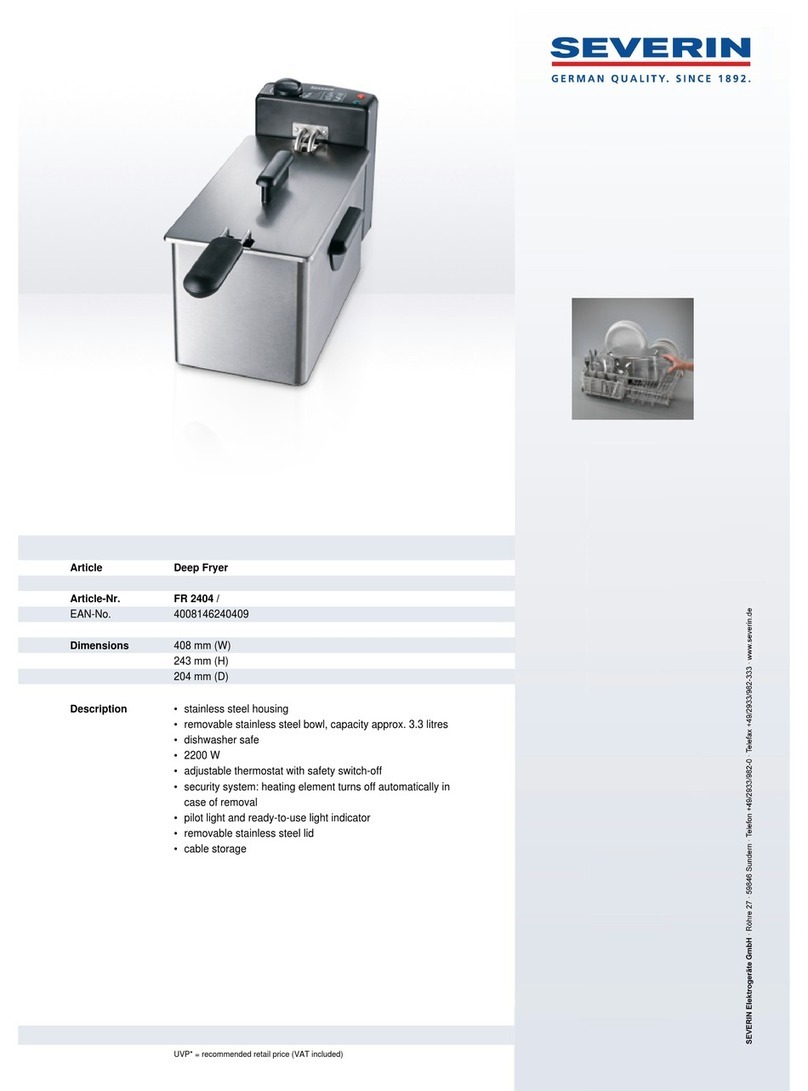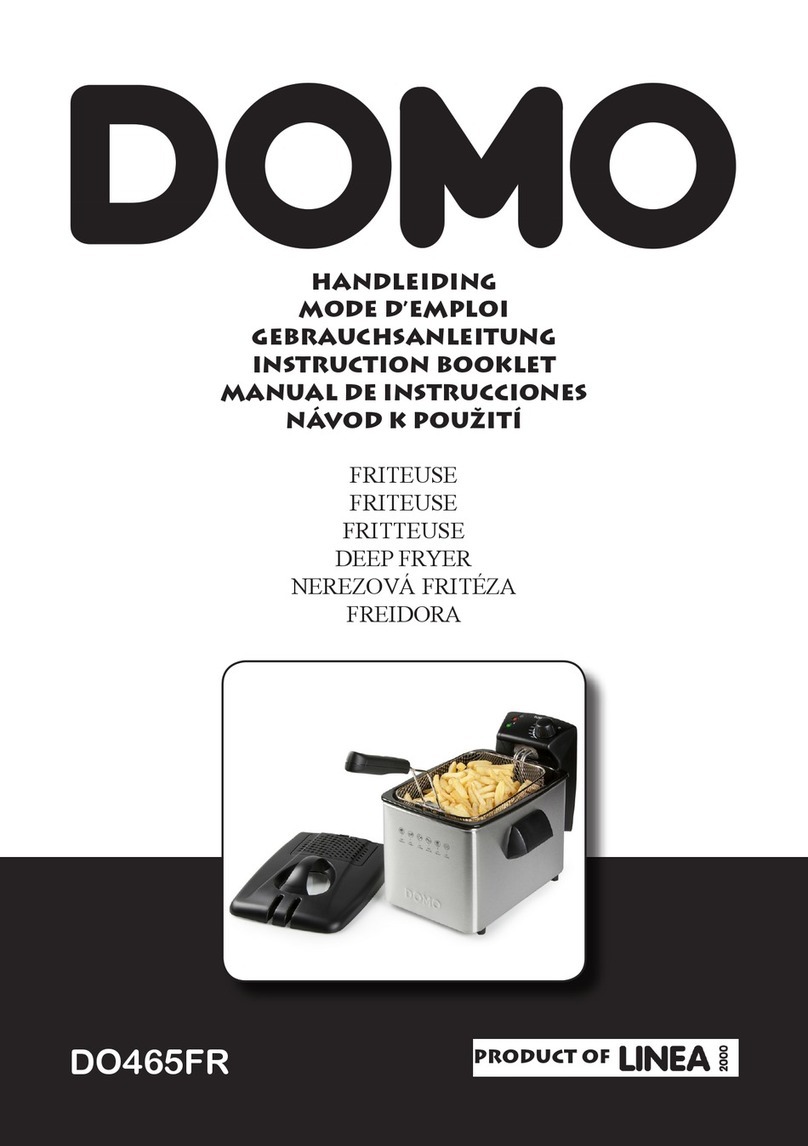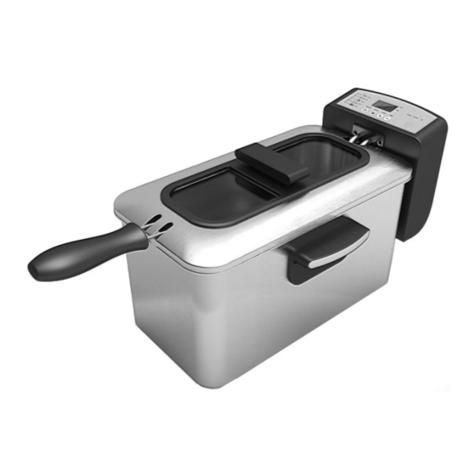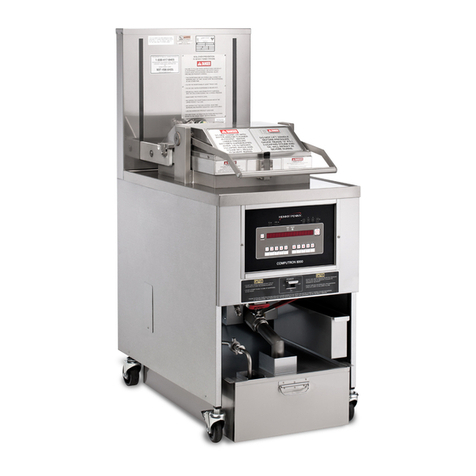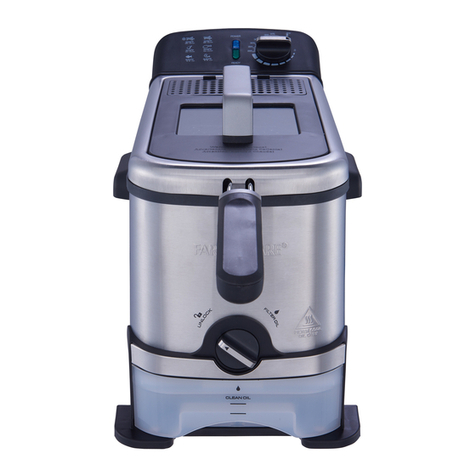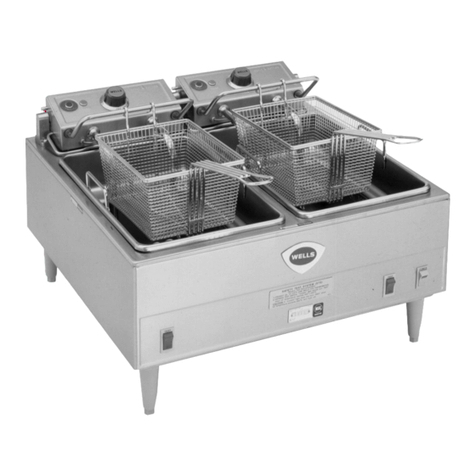Appliance faults
In the event of damage or a defect,
switch off the appliance immedi-
ately. Disconnect completely from the
electricity supply. If the appliance has
not yet been fully installed, the
electricity cable must be disconnected
from the supply point. If connected via
a plug and socket, switch off at the
socket and withdraw the plug. Contact
the Service Department.
Do not reconnect the appliance to the
mains electricity supply until after it has
been repaired.
If there is any damage to the glass
surface the appliance must be
disconnected from the mains electricity
supply immediately and not used until it
has been repaired. Danger of electric
shock.
Repairs must only be carried out
by a suitably qualified and
competent person. Repairs and other
work by unqualified persons could be
very dangerous and could damage the
appliance. The manufacturer cannot be
held liable for unauthorised work. Never
open the housing of the appliance.
While the appliance is under
guarantee, repairs should only be
undertaken by a service technician
authorised by the manufacturer.
Otherwise the guarantee is invalidated.
Further safety notes
When using an electric socket near
the appliance, care should be
taken that the cable of the electrical
appliance does not come into contact
with the hot appliance. The insulation
on the cable could become damaged,
giving rise to an electric shock hazard.
Always ensure that food is
sufficiently cooked or reheated.
Many factors will affect the overall
cooking time, including the size and
amount of food and its temperature.
Some foods may contain
micro-organisms which are only
destroyed by thorough cooking;
therefore when cooking or reheating
foods such as poultry, it is particularly
important that the food is completely
cooked through. If in doubt, select a
longer cooking or reheating time.
Never use plastic containers for hot
fat. These melt at high
temperatures.
Do not dispose of used cooking oil
down the sink. It can damage
pipework and cause blockages in the
water pipes.
Dispose of it safely with your household
waste or ask your local authority about
disposal schemes in your area.
The manufacturer cannot be held
liable for damage caused by
non-compliance with these Warning
and Safety instructions.
Warning and Safety instructions
8
